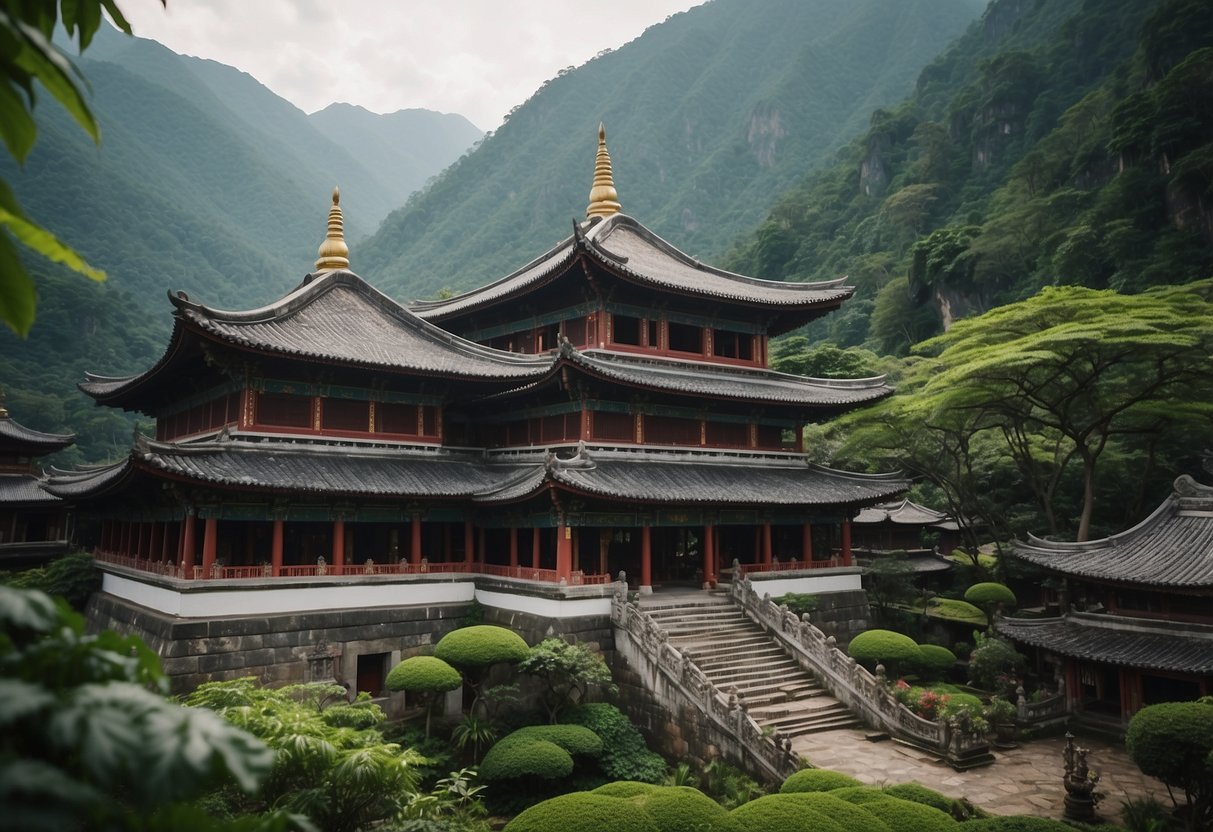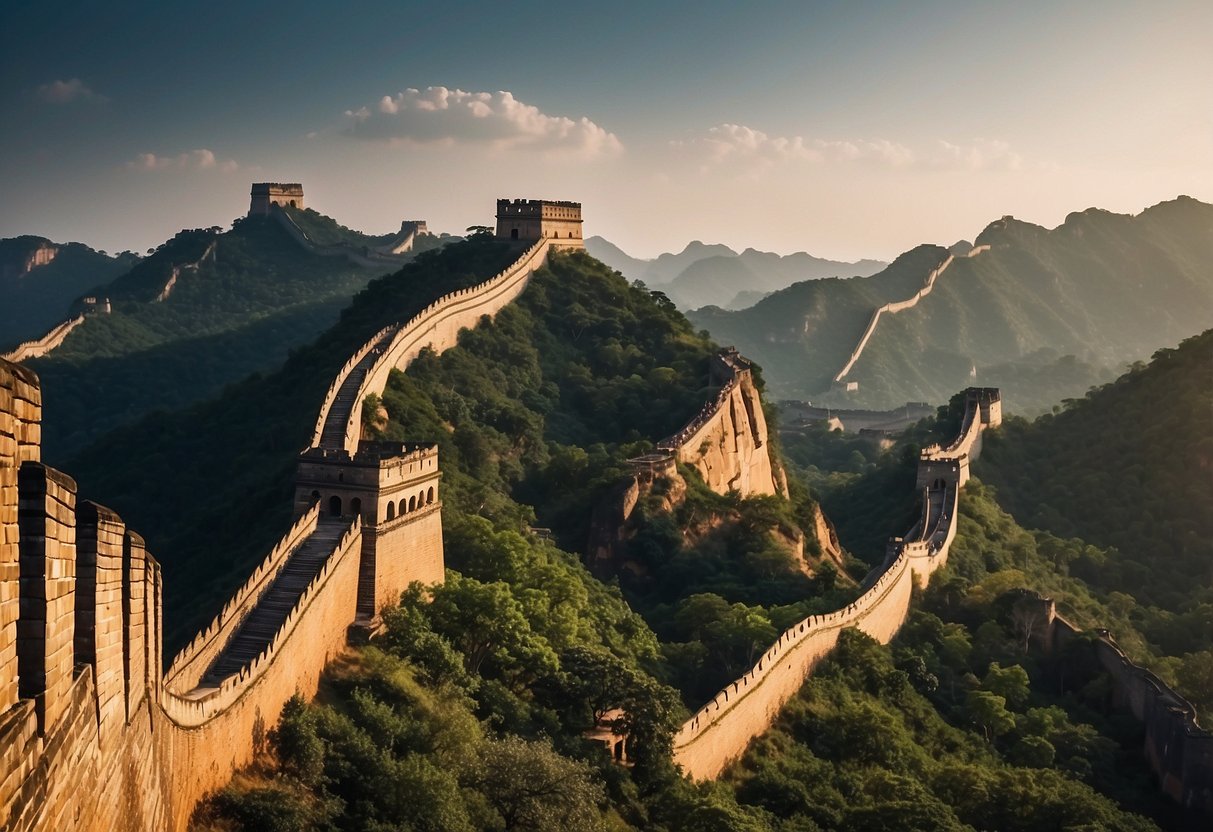The Best Cultural Heritage Tours in Asia: Top Destinations and Experiences
Asia offers some of the richest and most diverse cultural heritage tours in the world. Among the most popular are guided journeys through ancient temples, bustling markets, and traditional villages that provide deep insights into local histories and customs. From the Great Wall of China to the Angkor Wat in Cambodia, these tours offer unforgettable experiences.
Travelers will find that each country in Asia brings its unique flavor to the table. For instance, India’s Golden Triangle tour includes bustling Delhi, the iconic Taj Mahal in Agra, and the royal heritage of Jaipur. Similarly, Japan’s temples, tea houses, and historic districts spotlight a blend of tranquility and dynamic urban life.
Some of the tours even extend to immersive experiences where visitors can participate in local traditions. This could involve cooking classes, craft workshops, or attending traditional festivals. These cultural interactions not only bring stories of ancient times to life but also create personal connections with today’s local communities.
Defining Cultural Heritage Tours

Cultural heritage tours are immersive travel experiences focused on exploring the historical, cultural, and architectural landmarks of a region. These tours offer travelers a chance to learn about various cultures through firsthand experience.
They often include visits to UNESCO World Heritage sites, local festivals, museums, and ancient ruins. Travelers can witness traditional crafts, sample regional cuisines, and participate in cultural activities.
The aim is to provide a deeper understanding of the traditions, history, and unique characteristics of the locale. These tours are designed for those seeking more than just sightseeing, offering insights into the cultural and historical context of a place.
Many of these tours are guided by experts knowledgeable in the area’s history and culture. This ensures that travelers receive accurate and comprehensive information about the sites and traditions they explore.
Cultural heritage tours can vary in length from a single day to several weeks, depending on the destination and the depth of the experience offered.
Popular Countries for Heritage Tours
Exploring heritage sites in Asia offers a deep dive into ancient civilizations, diverse architectures, and rich cultural traditions.
China’s Imperial Highlights
China boasts a wealth of imperial heritage sites that captivate visitors. The Forbidden City in Beijing, once home to emperors, showcases traditional Chinese architecture and stunning gardens.
The Great Wall, an iconic symbol, stretches across northern China and provides panoramic views and historical context. The Terracotta Army in Xi’an offers insight into the ancient Qin Dynasty, with thousands of life-sized statues guarding Emperor Qin Shi Huang’s tomb.
Lesser-known but equally impressive, the Summer Palace presents beautiful landscapes and intricate pavilions. These sites reflect China’s imperial legacy and its contributions to culture, art, and governance.
India’s Mosaic of Cultures
India’s cultural heritage is vast and varied, reflecting its long history and diverse civilizations. The Taj Mahal in Agra, an architectural masterpiece, symbolizes love and is a UNESCO World Heritage site.
Jaipur’s Amber Fort, with its grandeur and intricate designs, showcases Rajput architecture. Varanasi, one of the world’s oldest cities, presents a living heritage with its ghats along the Ganges River, where spiritual practices and rituals unfold daily.
In the south, Hampi’s ruins tell the tale of the Vijayanagara Empire, featuring temples and ancient marketplaces. These sites illustrate India’s rich tapestry of cultures, religions, and architectural styles.
Japan’s Blend of Tradition and Modernity
Japan seamlessly merges tradition with modernity in its heritage sites. Kyoto’s historic temples and gardens, including Kinkaku-ji (Golden Pavilion) and Fushimi Inari Shrine, offer a glimpse into its spiritual and artistic past.
Himeji Castle, a well-preserved example of feudal architecture, stands as a symbol of Japan’s historical defense systems. In Hiroshima, the Peace Memorial Park and Atomic Bomb Dome serve as poignant reminders of the past and symbols of peace.
Mount Fuji, a UNESCO World Heritage site, embodies natural beauty and cultural significance, attracting both pilgrims and tourists. These landmarks highlight Japan’s ability to preserve its traditions while embracing the modern era.
Iconic Sites and Monuments

Asia is home to some of the most remarkable historical landmarks in the world. These sites offer a glimpse into the rich cultural heritage and architectural marvels of the region.
The Great Wall and Forbidden City
The Great Wall of China stretches over 13,000 miles and is one of the most stunning feats of engineering. Built primarily during the Ming Dynasty, it served as a defense against invasions. The Wall winds across mountains, deserts, and plains, presenting visitors with breathtaking views and an unparalleled historical journey. Some parts of the Wall, such as Badaling, are well-preserved and easily accessible to tourists.
In the heart of Beijing, the Forbidden City served as the imperial palace for over 500 years. Constructed in the early 15th century, it was the political and ceremonial center of Chinese emperors. The complex consists of nearly 1,000 buildings and is an excellent example of traditional Chinese palatial architecture. Intricately designed with ornamental roofs and expansive courtyards, it now houses the Palace Museum, displaying a vast collection of Chinese art and historical artifacts.
Cambodia’s Angkor Wat
Angkor Wat, a temple complex in Cambodia, is the largest religious monument in the world. Built in the early 12th century by King Suryavarman II, it initially served as a Hindu temple dedicated to Vishnu. Later, it transformed into a Buddhist temple. The complex exemplifies Khmer architecture with its large-scale bas-relief sculptures and distinctive temple-mountain design, symbolizing Mount Meru.
Surrounded by a moat and adorned with intricate carvings depicting epic stories, Angkor Wat is an architectural masterpiece. The central tower rises 213 feet, offering a panoramic view of the surrounding forest. Angkor Wat remains a significant pilgrimage site, reflecting deep spiritual and historical significance.
India’s Taj Mahal
The Taj Mahal in Agra, India, is a white marble mausoleum commissioned by Emperor Shah Jahan in memory of his wife, Mumtaz Mahal. Completed in 1653, this UNESCO World Heritage site is renowned for its exquisite beauty and intricate craftsmanship. The main dome, standing 240 feet high, is flanked by four minarets and surrounded by lush gardens.
The mausoleum’s walls are inlaid with precious stones and adorned with calligraphy, showcasing the Mughal architectural style. The reflecting pool and symmetrical layout enhance the visual appeal, creating a serene and majestic atmosphere. The Taj Mahal draws millions of visitors annually, symbolizing eternal love and a significant cultural heritage of India.



